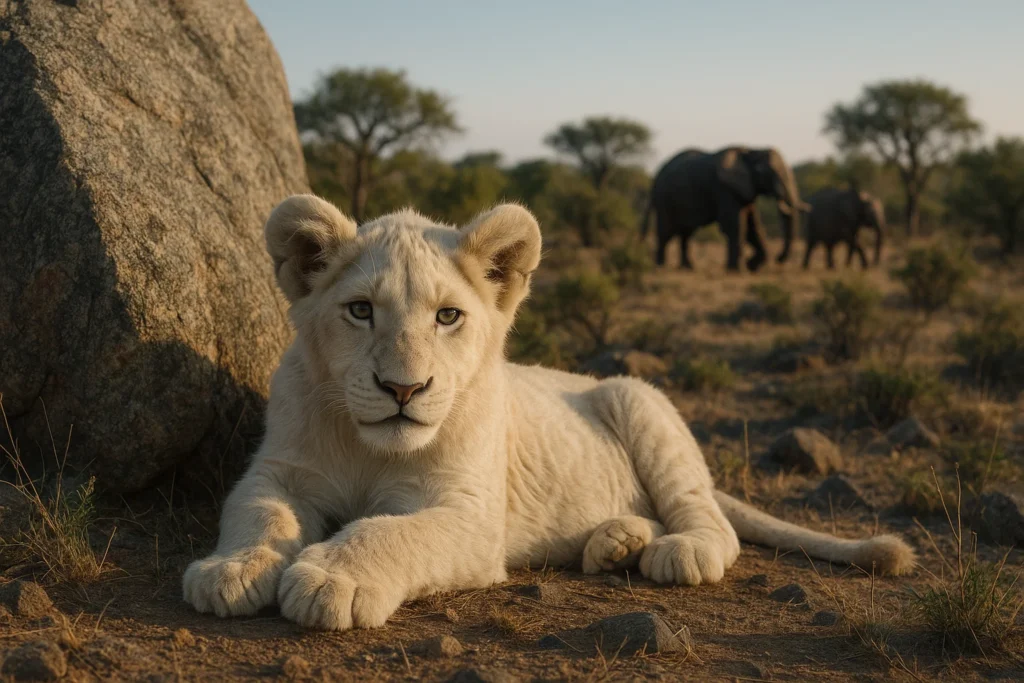Poaching remains one of the greatest threats to Africa’s wildlife. In response, a range of powerful and innovative anti-poaching initiatives are being implemented across the continent. From high-tech surveillance systems to community-based conservation models, Africa is at the forefront of the global fight to protect endangered species.
The growing threat of poaching in Africa
Poaching not only decimates wildlife populations, but also undermines biodiversity, tourism economies, and local communities. Iconic species like elephants, rhinos, and pangolins are particularly targeted for their tusks, horns, and scales.
Key drivers of poaching
- High demand in international black markets
- Weak enforcement in remote areas
- Poverty and lack of alternative livelihoods
- Political instability and cross-border trafficking
Strategies leading the fight against poaching
Africa’s anti-poaching efforts are multifaceted, blending traditional tactics with cutting-edge technology and community engagement.
Technology-driven approaches
Many conservation organizations now use:
- Drones and aerial surveillance for real-time monitoring
- Camera traps and motion sensors to detect illegal activity
- Artificial intelligence to predict poaching patterns
- GPS tracking collars on high-risk animals
A prime example is the SMART (Spatial Monitoring and Reporting Tool) system, which helps rangers make informed decisions based on data and patrol analytics.
Community-based conservation
Local communities are essential allies in anti-poaching efforts. Programs that offer:
- Employment opportunities (as rangers or scouts)
- Education and conservation awareness
- Revenue sharing from ecotourism
tend to reduce the economic incentive for poaching.
One successful model is implemented by African Parks, which co-manages protected areas with governments and invests heavily in community relations.
Inside the work of Africa’s top anti-poaching organizations
Several conservation organizations are making a significant impact:
Sheldrick Wildlife Trust (Kenya)
- Operates over 30 de-snaring teams across Kenya
- Rescues and rehabilitates orphaned elephants
- Uses aircraft patrols and canine units for security
African Parks (multiple countries)
- Manages 22 parks across 12 African countries
- Has removed over 100,000 illegal traps and snares
- Receives major funding, including a $2 million grant from the Howard G. Buffett Foundation
Tusk Trust
- Invests in community-led anti-poaching initiatives
- Supports ranger training and equipment
- Explores AI tools to monitor threats and guide interventions
Ride Cake & Southern African Wildlife College
- Introduced silent, solar-charged electric motorbikes for rangers
- Enables discreet patrols without disturbing wildlife or alerting poachers
Challenges and the path forward
While these initiatives have saved countless animals, challenges remain:
- Underfunded protected areas
- Corruption in wildlife enforcement
- Complex international trafficking networks
Scaling up successful programs, strengthening cross-border cooperation, and sustaining donor support will be critical for long-term success.
Frequently asked questions
A combination of technology (like drones and AI), trained rangers, and community engagement has proven most effective. No single solution works alone.
By visiting ethical safari operators and conservation-focused reserves, travelers help fund initiatives and create incentives for wildlife protection.
Yes, in many countries rangers are legally authorized to carry weapons due to the dangers posed by heavily armed poachers.
Ecotourism provides sustainable income for communities and conservation areas, reducing reliance on illegal wildlife trade and incentivizing protection.






